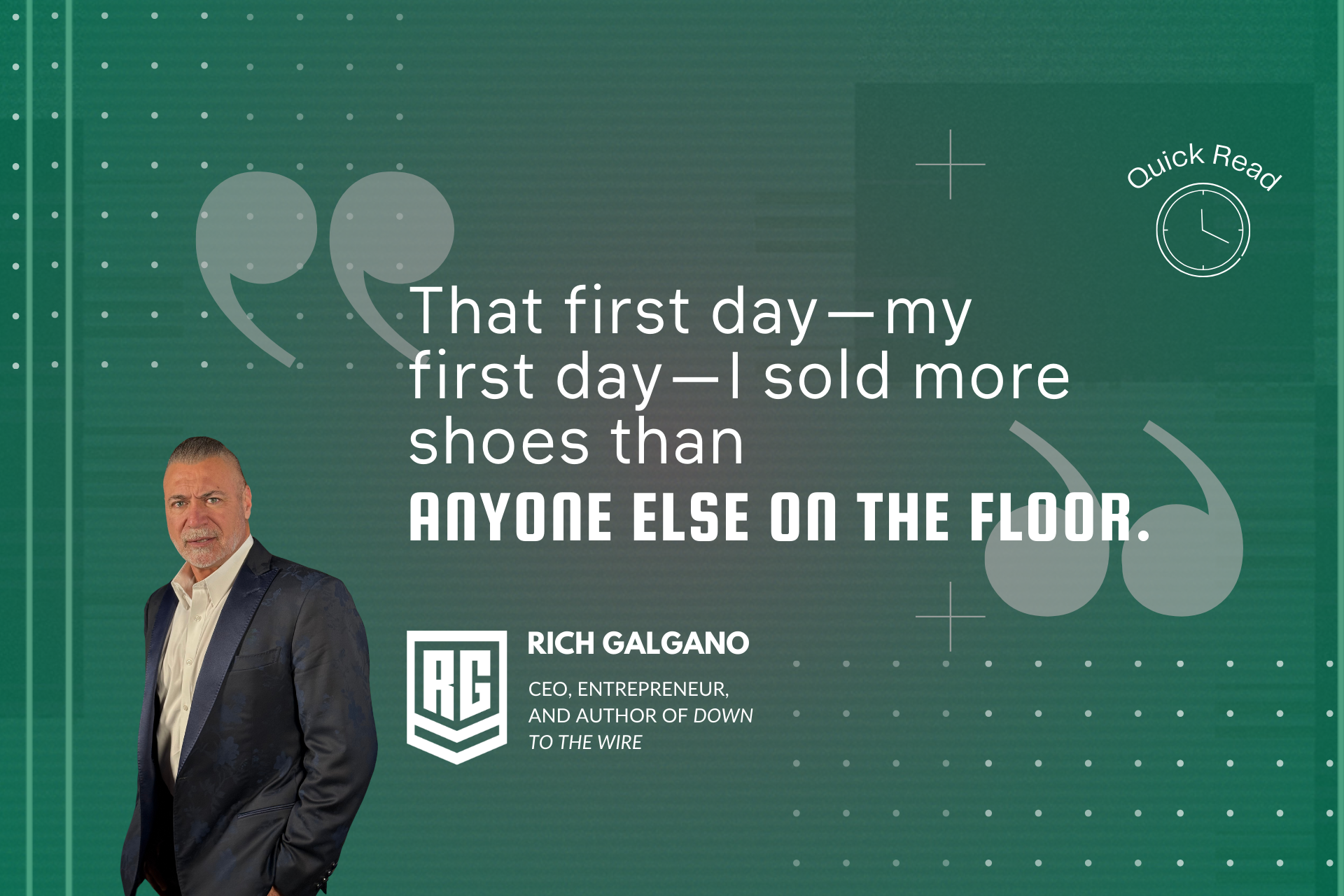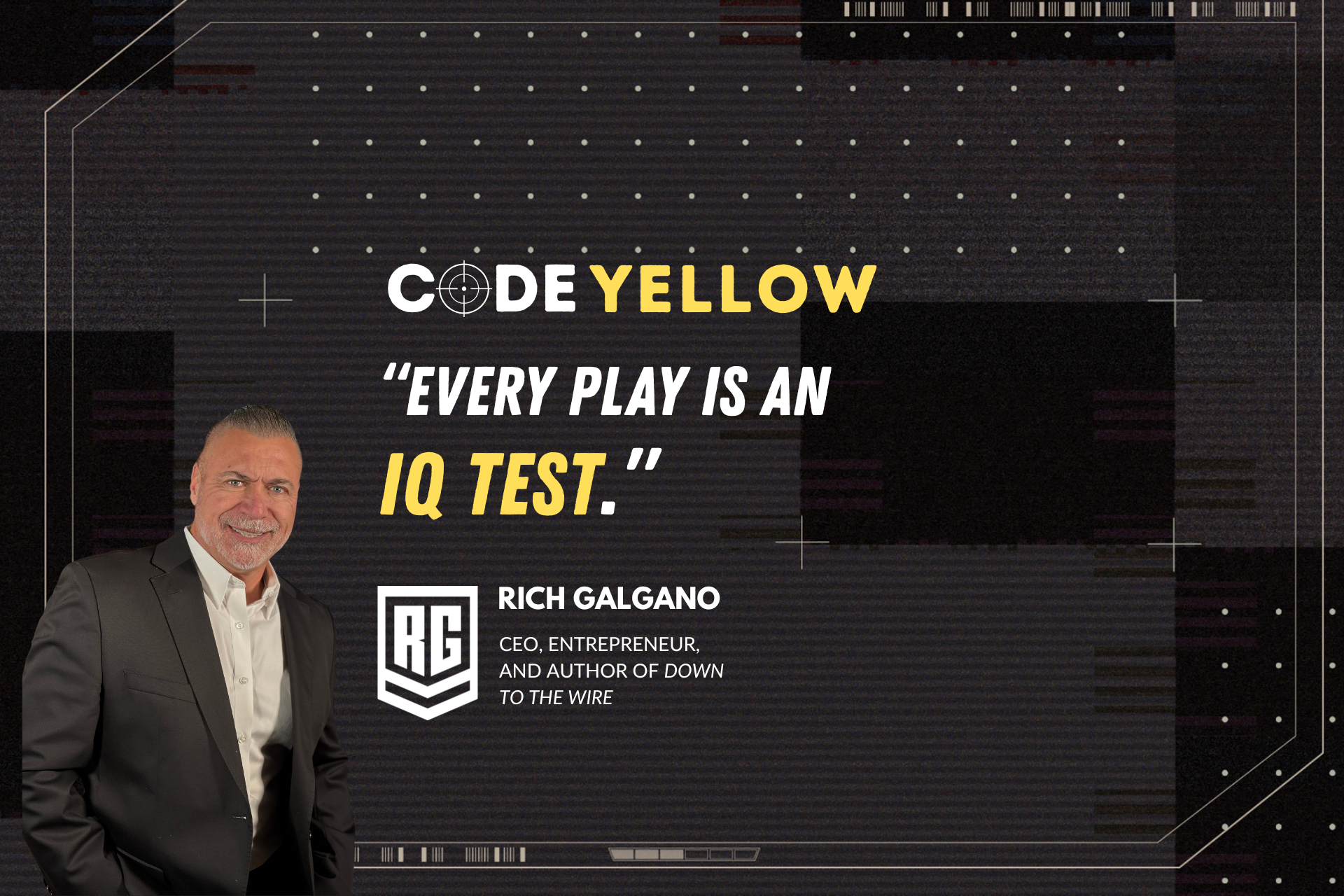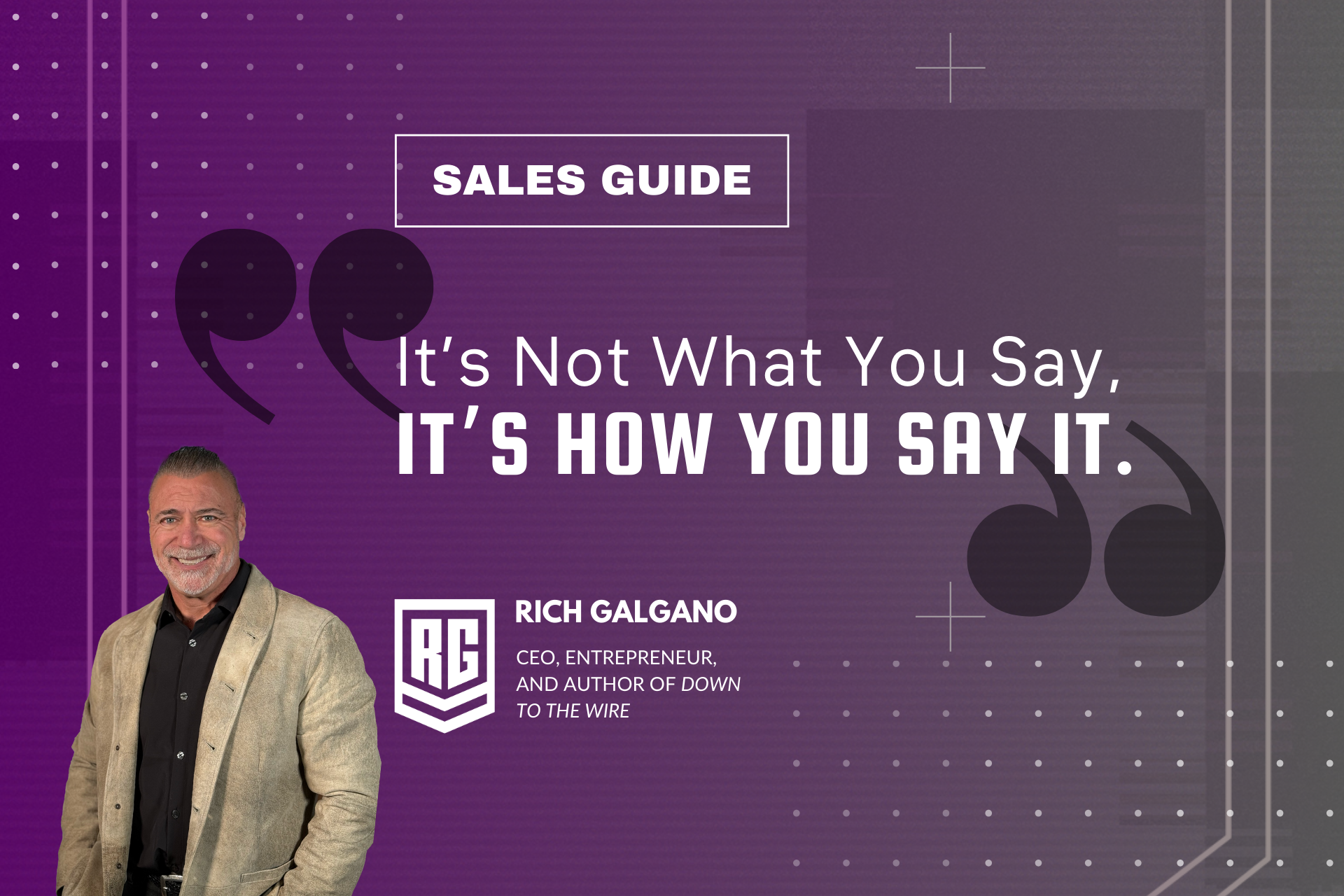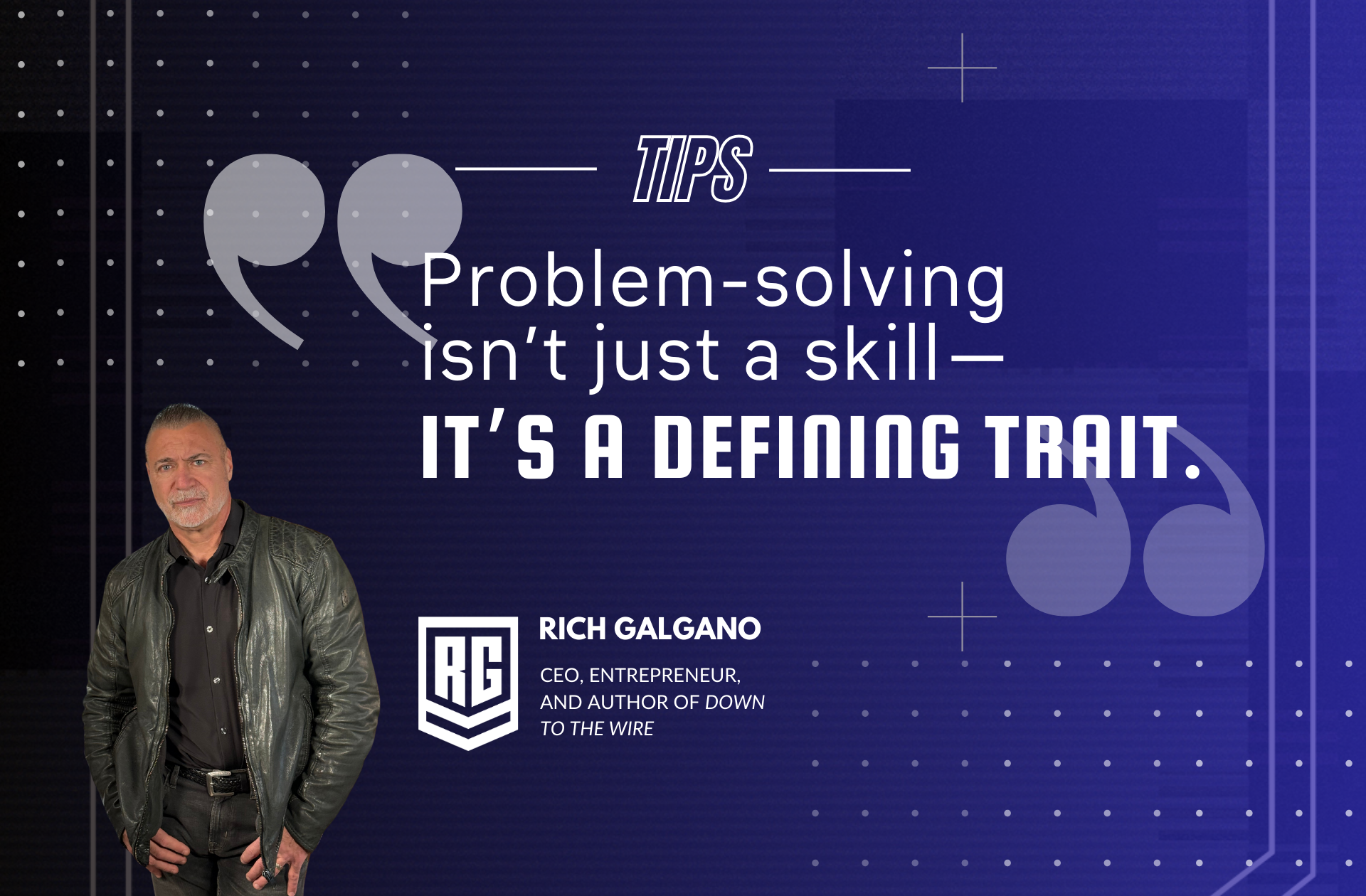Code Yellow Basics: Who, What, When, Where, Why and How
By Rich Galgano
Being good at sales often starts with mastering the basics—understanding the people you’re dealing with, the environment you’re operating in, and how to position yourself to succeed. That’s where the Code Yellow mindset can be helpful. By focusing on six key questions—Who, What, When, Where, Why, and How—you can develop a more systematic approach to sales that may improve your results.
Step 1: Know Your Prospects
Start with the basics. Before you can sell, you need to understand the people and companies you’re targeting.
- Who: Identify the decision-makers, influencers, and blockers in the organization. Everyone plays a role, and you need to know who’s who.
- What: Learn what they’re currently using and what’s working (or not working) for them.
- When: Understand their buying cycles. Are they on a set schedule, or do they only buy when a need arises?
- Where: Know where they operate and if geography plays a role in their purchasing decisions.
- Why: Figure out what keeps them loyal to their current supplier. Is it price? Service? Familiarity?
- How: Find the best way to reach them—whether it’s a phone call, an email, or an in-person meeting.
Step 2: Size Up the Competition
You’re not the only one trying to close this deal. It’s critical to know who you’re up against.
- Who: Identify your competitors and understand their strengths and weaknesses.
- What: Know what they’re offering and how it compares to your product.
- When: Pay attention to when they approach your prospects. Timing can make or break a deal.
- Where: Understand their reach. Are they better positioned geographically? What about you?
- Why: Learn why prospects stick with them and what they offer that you don’t—then figure out how to counter that.
- How: Highlight your advantages while addressing their weaknesses.
Step 3: Build a Strong Value Proposition
Your value proposition isn’t just a list of features. It’s should be a promise to solve problems and make things better.
- Who: Customize your pitch for the decision-makers and influencers. One size doesn’t fit all.
- What: Make it crystal clear what sets your product apart.
- When: Timing is everything. Present your pitch when the customer is ready to hear it.
- Where: Use the right channels to deliver your message—email, a phone call, or a meeting.
- Why: Show them why your product is the best choice. Solve their problems, save them money, or make their job easier.
- How: Back it all up with real-world proof—data, testimonials, and case studies.
Step 4: Engage and Close the Deal
Once you’ve done the groundwork, it’s time to connect and seal the deal.
- Who: Talk to everyone involved in the decision. Don’t ignore influencers or underestimate blockers.
- What: Address their needs and objections head-on.
- When: Time your outreach to match their decision-making process.
- Where: Use a combination of digital and in-person communication.
·
- Why: Keep the focus on how your solution benefits them. Reiterate why switching to your product is the smart move.
- How: Be persuasive. Use stories and data to back your claims and build trust.
Wrapping It Up
The Code Yellow approach isn’t complicated, but it’s effective. By answering these six questions at every stage, you have the ability to always be prepared, adaptable, and one step ahead of the competition. In sales, the ones who ask the right questions—and answer them before anyone else—are usually the ones who win.











